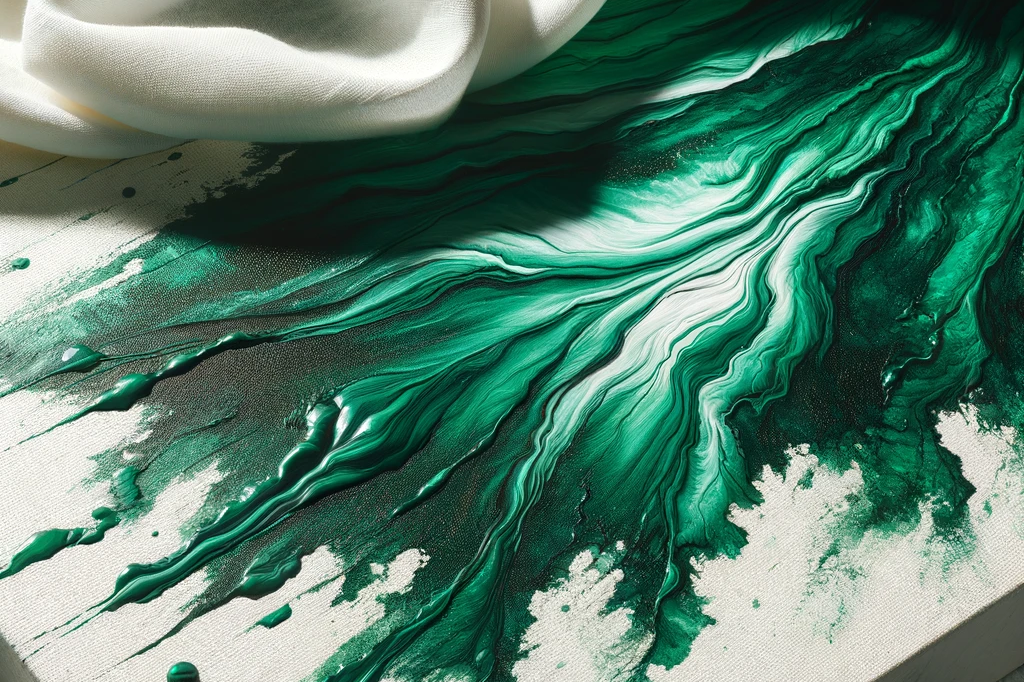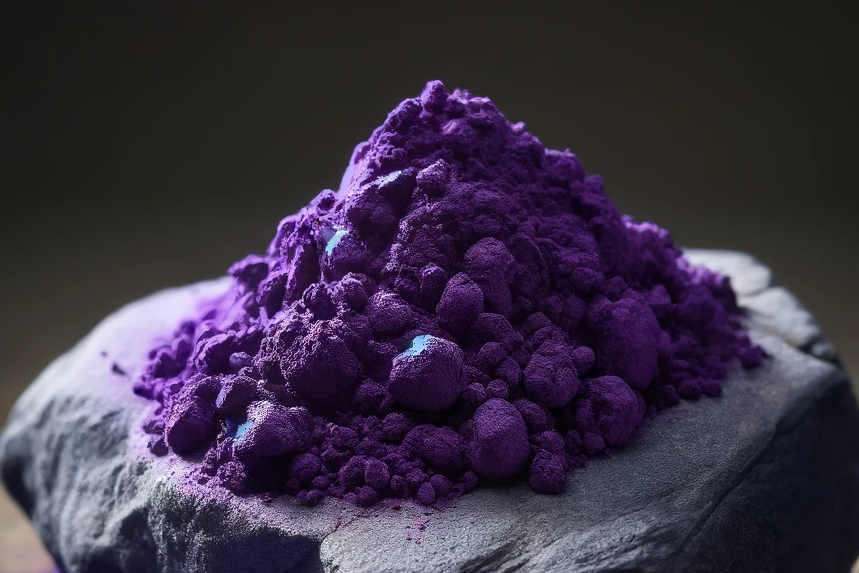Methylene blue

What is methylene blue?
A colorful history
Methylene blue, chemically known as tetramethylthionine chloride, is a synthetic dye that was originally used in the textile industry and later in microscopy to stain biological tissue. Its medical use dates back to the late 19th century, where it was used as an antimalarial agent and to treat methemoglobinemia.
Methylene blue in veterinary medicine: a blessing for dogs
Treatment of methemoglobinemia
Methemoglobinemia, a condition in which the red blood pigment hemoglobin is converted to a form that cannot transport oxygen effectively, is a potential danger to dogs. Methylene blue has been shown to be an effective antidote that catalyzes the conversion of methemoglobin back to the functional form of hemoglobin, potentially saving the animal's life.
Antimicrobial and antiparasitic properties
Further research has shown that methylene blue has antimicrobial and antiparasitic properties. These properties may be useful in the treatment of various infections in dogs, especially those caused by resistant strains of bacteria and parasites.
Possible disadvantages and risks
Dosage and side effects
Despite its benefits, methylene blue must be used with caution in dogs. Overdosing can lead to side effects such as vomiting, diarrhea, lethargy and, in severe cases, increased methemoglobinemia. Accurate dosing and monitoring by a veterinarian are critical to minimize such risks.
Interactions with other medications
Methylene blue may interact with certain medications a dog may be taking and cause adverse reactions. Before using this dye, it is therefore important to inform the attending veterinarian of all current medications and health conditions of the dog.
A dye with potential and caution
Methylene blue shows impressive potential in the treatment of various conditions in dogs, from life-threatening methemoglobinemia to certain infections. As with any treatment, a balance between the potential benefits and risks is crucial. Methylene blue remains a valuable tool in veterinary practice that, when used correctly, can improve and even save the lives of our four-legged friends.
If you notice any signs of hypersensitivity or poisoning in your dog, you should see your vet immediately. We are not a substitute for a vet, but we try to be as accurate as possible. Every dog reacts differently and we recommend you get a second opinion or consult your vet if in doubt.
Stay healthy and take good care of your four-legged friend!😊
Similar to Methylene blue
Malachite green is a synthetic dye that was originally used in the textile industry and as a biological dye. Due to its strong antimicrobial and fungicidal properties, it was later used in fish...
Crystal violet, chemically known as hexamethyl-p-rosaniline chloride, is a synthetic dye with antimicrobial properties. Originally used in the textile industry and as a biological dye, its...
First of all, it is important to clarify that the term "safranins" can be misleading in this context. In a chemical sense, safranins refer to a group of synthetic dyes used in microscopy and in the...
Fuchsin is a bright red dye that is valued for its intense color and its ability to react with various materials. In biology and medicine it is used, among other things, for Gram staining, a method...



